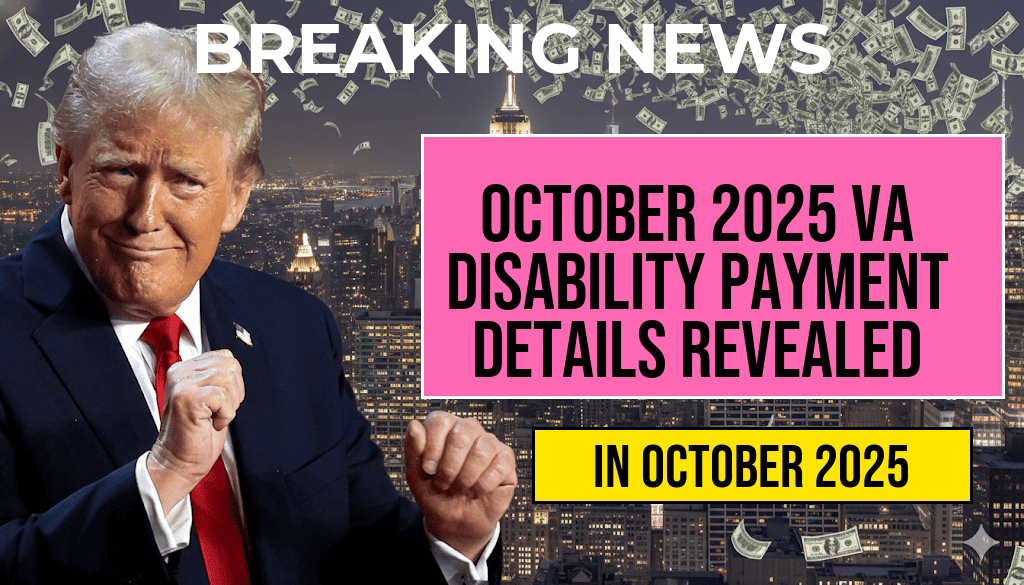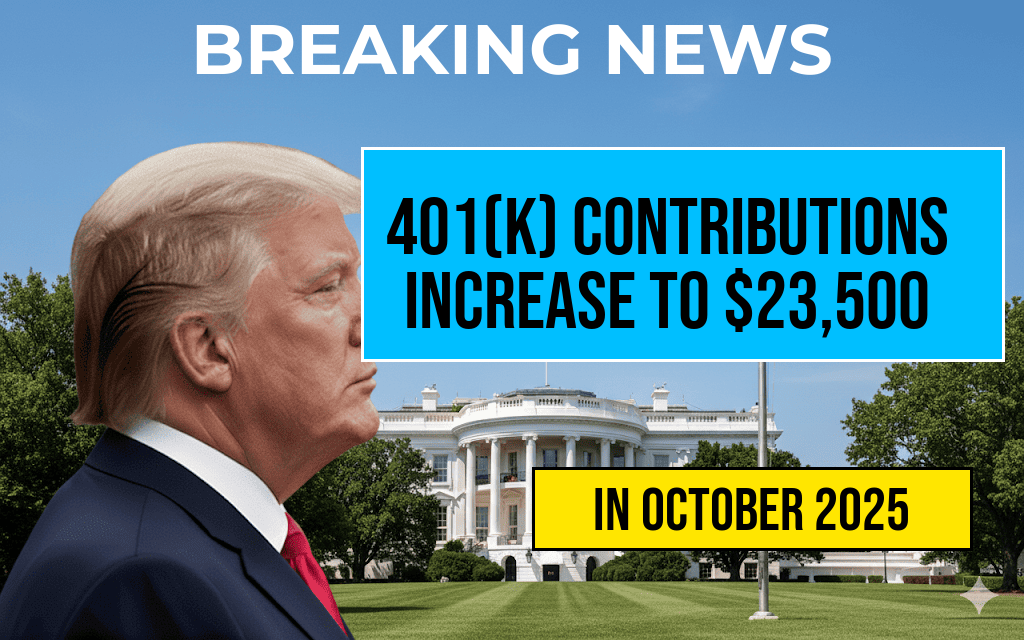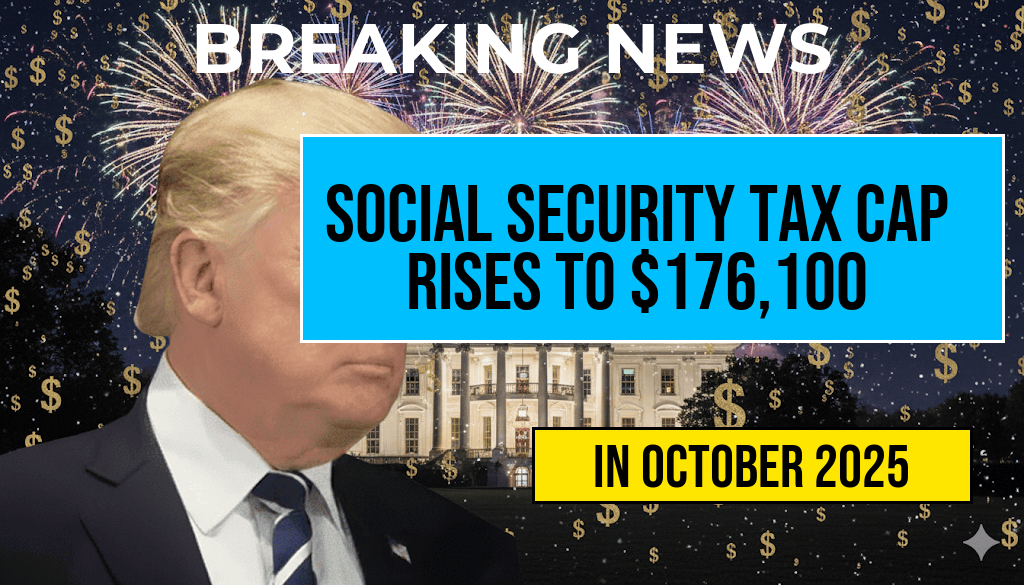As of 2025, employees will have the opportunity to significantly increase their contributions to 401(k) retirement plans, with limits set to rise to $23,500. This change, which the IRS officially announced, aims to help workers better prepare for retirement amid rising living costs and economic uncertainties. The increase in contribution limits is part of a broader adjustment that reflects inflation rates and the need for enhanced retirement savings. As the workforce evolves and financial landscapes shift, this adjustment offers employees a vital tool to secure their financial futures. The move is expected to benefit millions, allowing them to save more effectively and take advantage of tax-deferred growth on their investments.
Understanding the New Contribution Limits
The IRS adjusts the 401(k) contribution limits periodically to account for inflation and ensure that retirement savings keep pace with changing economic conditions. For 2025, the increase to $23,500 marks a substantial rise from the previous limit, which stands at $22,500 for 2023 and 2024. This change is part of a larger trend of increasing limits for various retirement accounts, providing employees with more leeway to bolster their savings.
How the Changes Affect Employees
The new limits are beneficial for employees at all stages of their careers. Here are some key points about the implications:
- Enhanced Savings Potential: With the new limit, employees can contribute an additional $1,000, providing a significant boost to retirement savings over time.
- Tax Advantages: Contributions to a 401(k) are made pre-tax, meaning employees can reduce their taxable income while saving for retirement.
- Employer Matching: Many employers offer matching contributions, which means that increasing personal contributions can also increase the total amount saved, thanks to employer matches.
Comparative Analysis of Contribution Limits
| Year | Contribution Limit |
|---|---|
| 2023 | $22,500 |
| 2024 | $22,500 |
| 2025 | $23,500 |
Financial Planning Strategies
To effectively take advantage of the new contribution limits, employees may consider the following strategies:
- Review Financial Goals: Assess personal financial goals and retirement plans to determine how much to contribute.
- Automate Contributions: Set up automatic contributions to ensure consistent saving and take advantage of the new limits.
- Consult a Financial Advisor: Seek professional advice to tailor a retirement strategy that aligns with individual circumstances and goals.
Future Implications for Retirement Savings
The increase in the 401(k) contribution limit is expected to have lasting effects on the retirement landscape. As more employees take advantage of these higher limits, the overall financial literacy and preparedness of the workforce may improve. This change also reflects a growing recognition of the challenges facing future retirees, including longer life expectancies and the need for greater financial security in retirement.
For more information on retirement plans and contributions, visit IRS Retirement Plans or check out Forbes 401(k) Contribution Limits.
Frequently Asked Questions
What is the new contribution limit for 401(k) plans in 2025?
The new contribution limit for 401(k) plans in 2025 is $23,500, allowing employees to save more for their retirement.
How does the increased limit benefit employees?
The increased limit enables employees to contribute a higher amount to their 401(k)
Are there any changes to catch-up contributions for 401(k) plans in 2025?
Yes, in 2025, catch-up contributions for individuals aged 50 and over may also see an increase, allowing older employees to save even more towards their retirement.
Can employers match the increased 401(k) contributions?
Yes, employers can choose to match the increased contributions, which can further boost employees’ total retirement savings in their 401(k) accounts.
When should employees start adjusting their contribution rates?
Employees should consider adjusting their contribution rates as soon as the new limit takes effect in 2025, ensuring they maximize their retirement savings potential.











